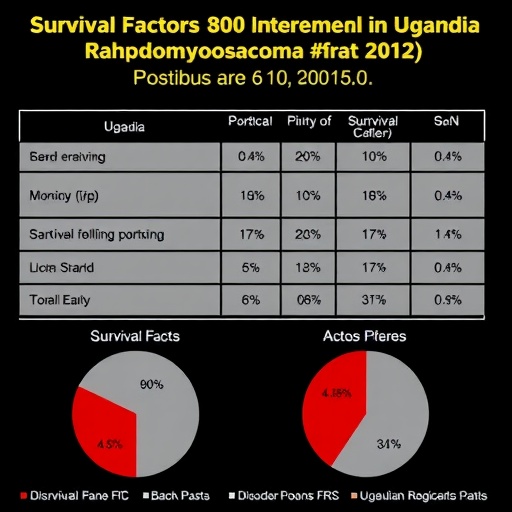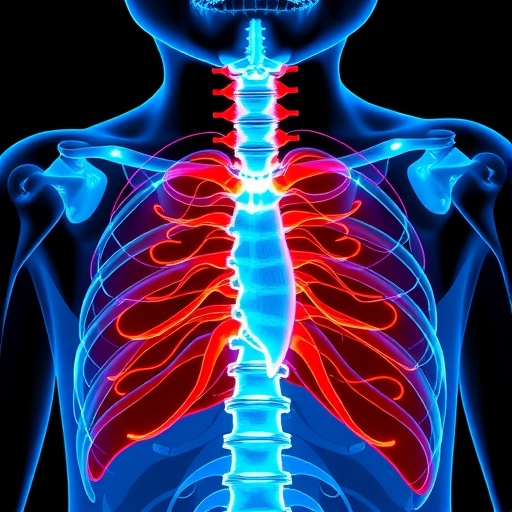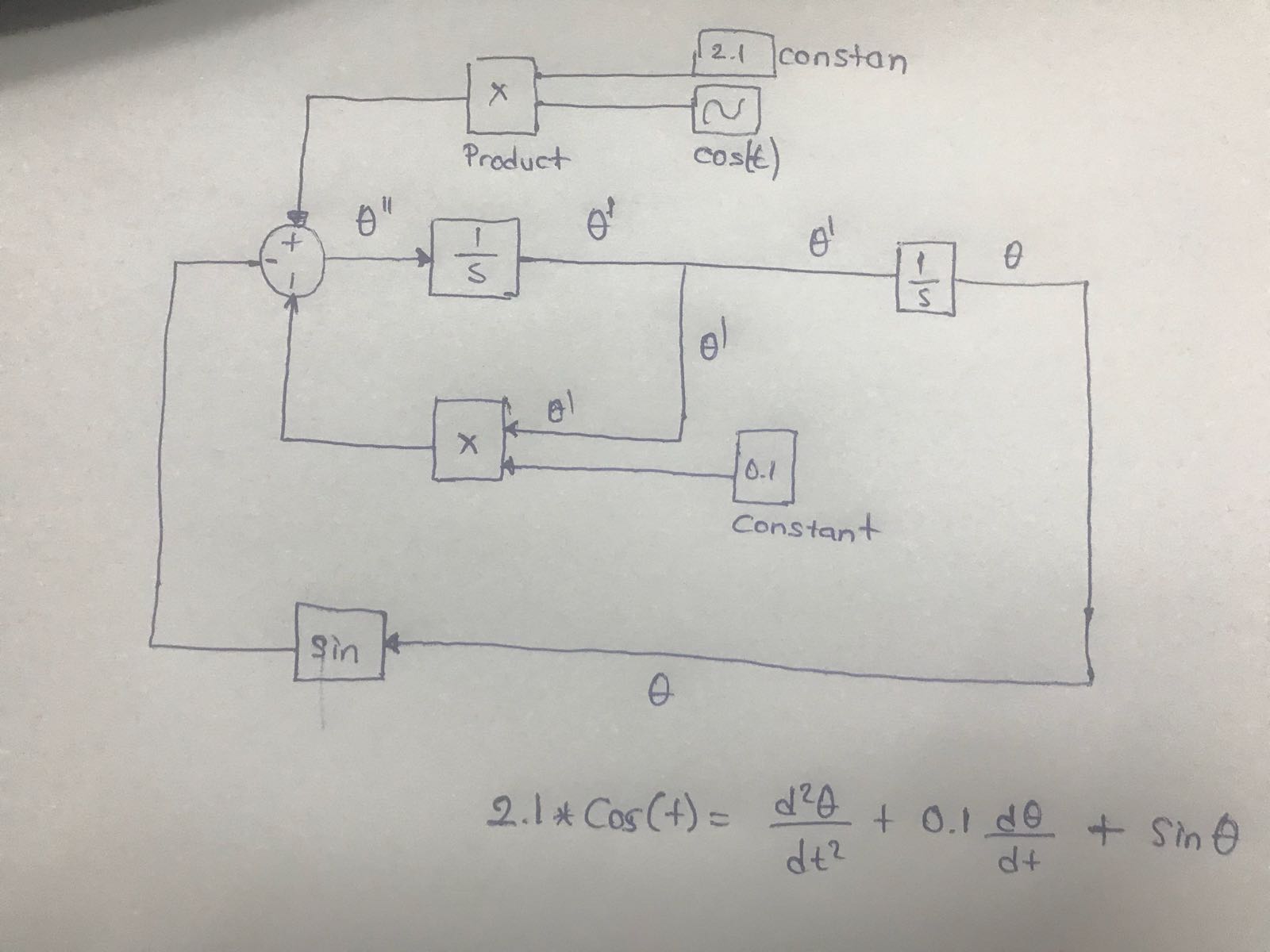Survival Challenges and Prognostic Insights in Pediatric Rhabdomyosarcoma: An In-Depth Analysis from a Resource-Limited Ugandan Center
Rhabdomyosarcoma (RMS), a malignant soft tissue sarcoma predominantly affecting children and adolescents, remains a formidable oncological challenge, especially in resource-constrained settings. A groundbreaking study conducted at the Uganda Cancer Institute between 2016 and 2020 offers critical insights into survival predictors for young patients battling this aggressive tumor. This research sheds light on the distinctive obstacles faced in low-income countries, where infrastructural and socioeconomic barriers dramatically influence treatment outcomes.
At the heart of the study lies an analysis of 128 pediatric cases, with a median patient age of approximately six years. These patients predominantly presented with tumors located in the head and neck region, which included non-parameningeal, parameningeal, and orbital sites. Intriguingly, over half of the tumors originated from anatomically and biologically unfavorable locations, highlighting the complexity of managing RMS in such contexts. This anatomical predilection poses inherent risks associated with surgical access, local control, and subsequent therapeutic interventions.
.adsslot_xXC0y4sh5w{ width:728px !important; height:90px !important; }
@media (max-width:1199px) { .adsslot_xXC0y4sh5w{ width:468px !important; height:60px !important; } }
@media (max-width:767px) { .adsslot_xXC0y4sh5w{ width:320px !important; height:50px !important; } }
ADVERTISEMENT
The Ugandan cohort also revealed a sobering incidence of metastatic disease at diagnosis, present in 13.3% of the cases, underscoring late-stage presentation as a prevalent issue. The lungs emerged as the primary metastatic site, consistent with pulmonary dissemination’s known predilection in RMS. This late-stage identification complicates curative avenues and adversely affects prognosis. Notably, embryonal RMS dominated the histopathological landscape, accounting for half the cases, while alveolar RMS made up roughly one-fifth, implicating differing prognostic outcomes based on histological subtypes.
Treatment modalities in this setting were markedly constrained. Less than a quarter of patients underwent surgical resection, and radiotherapy was employed in only approximately 28% of cases. This low rate of local control interventions reflects the challenges inherent in resource-limited oncology centers, including limited surgical capacity, scarce radiotherapy infrastructure, and systemic healthcare bottlenecks. Consequently, the treatment completion rate languished at 33.6%, while nearly half the patients abandoned therapy, a grim indicator of socioeconomic and systemic impediments.
The survival landscape painted by the study is disheartening yet illuminating. Only 19.5% of patients were alive at the time of the study’s conclusion, with a staggering 50.8% having succumbed to the disease. An uncertain status was noted in approximately 30%, reflective of follow-up challenges prevalent in low-resource environments. The five-year overall survival was recorded at 35%, with event-free survival marginally lower at 30%. These statistics starkly contrast outcomes in high-income settings, where multidisciplinary care and advanced therapeutics considerably enhance survival.
Crucially, the study identified several independent prognostic indicators associated with poorer outcomes. Orbital primary tumor site posed a nearly threefold increased risk of mortality, suggesting that tumors in this region have distinct biological aggressiveness or that therapeutic interventions are particularly challenging. Metastatic disease presence dramatically elevated hazard ratios to over four, reinforcing the well-established knowledge that dissemination at diagnosis is a pivotal determinant of prognosis.
Biochemical markers emerged as potent prognostic tools within this cohort. Elevated serum lactate dehydrogenase (LDH) levels exceeding 400 U/L at diagnosis correlated significantly with diminished survival. LDH, an enzyme linked with tumor burden and aggressive disease, underscores the potential utility of accessible laboratory biomarkers in prognostication, especially in settings where advanced imaging and molecular diagnostics may be limited.
Furthermore, the lack of local control—defined by the absence of either surgical resection or radiotherapy—was significantly associated with poor survival, confirming that effective local management remains a cornerstone of RMS therapy. This finding emphasizes the critical need to optimize and expand capabilities for surgery and radiation even within constrained health systems.
The burden of treatment abandonment identified in this Ugandan population demands urgent attention. Nearly half of the patients discontinued therapy prematurely, reflecting complex socioeconomic factors, health system limitations, and potential cultural barriers. Addressing these multi-dimensional challenges requires a concerted approach encompassing patient support mechanisms, community engagement, and policy-level interventions to mitigate abandonment rates.
This seminal investigation into RMS in Uganda not only documents stark survival disparities but also highlights vital prognostic factors that could guide clinical decision-making and prioritization of resources in similar settings. The integration of clinical, pathological, and biochemical parameters offers a framework for risk stratification that can inform tailored therapeutic approaches in low-resource contexts.
Moreover, the findings underscore the pressing need for strengthening multidisciplinary collaboration. The complexity of RMS management mandates coordinated efforts among pediatric oncologists, surgeons, radiotherapists, pathologists, and supportive care teams. Investments in infrastructure, training, and sustainable resource allocation will be pivotal to improving outcomes.
As RMS predominantly affects a vulnerable pediatric population, the psychosocial and economic dimensions intertwined with the clinical journey must not be overlooked. Enhancing patient and caregiver education, streamlining treatment pathways, and bolstering community support can serve to reduce abandonment and improve adherence, thereby potentially elevating survival figures.
In light of these data, the global oncology community must reckon with the stark inequities perpetuated by resource limitations. International partnerships and research collaborations can foster the transfer of knowledge, innovative treatment protocols, and capacity building, enabling centers like Uganda to transcend infrastructural constraints.
The study also prompts deeper exploration into the molecular underpinnings of RMS within African populations. Understanding genetic and environmental interactions unique to these demographics could unveil novel targets for intervention and refine prognostic models.
Ultimately, this research serves as a clarion call for urgent action to ameliorate the survival gap in pediatric RMS between high- and low-income countries. It epitomizes how meticulous data collection and robust analysis, even amidst obstacles, can illuminate pathways toward enhanced care, survival, and quality of life for children confronting rhabdomyosarcoma.
In conclusion, the fight against pediatric rhabdomyosarcoma in resource-limited settings like Uganda remains steep and fraught with hurdles. Yet, through concerted multidisciplinary efforts, informed by rigorous scientific inquiry and driven by global solidarity, there lies hope to transform outcomes for these vulnerable young patients facing a challenging diagnosis.
Subject of Research: Predictors of survival among children and adolescents with rhabdomyosarcoma in a resource-limited setting
Article Title: Predictors of survival among children and adolescents with rhabdomyosarcoma treated in a single resource-limited centre —Uganda
Article References:
Nyeko, R., Geriga, F., Angom, R. et al. Predictors of survival among children and adolescents with rhabdomyosarcoma treated in a single resource-limited centre —Uganda.
BMC Cancer 25, 1299 (2025). https://doi.org/10.1186/s12885-025-14735-3
Image Credits: Scienmag.com
DOI: https://doi.org/10.1186/s12885-025-14735-3
Tags: anatomical challenges in rhabdomyosarcomachallenges in resource-limited settingshead and neck tumors in childrenlate-stage cancer presentationmetastasis in childhood cancerpediatric oncology in Ugandaprognostic insights for Ugandan youthsocioeconomic barriers to cancer treatmentsoft tissue sarcoma in adolescentsSurvival factors in pediatric rhabdomyosarcomatreatment outcomes in low-income countriesUganda Cancer Institute research






